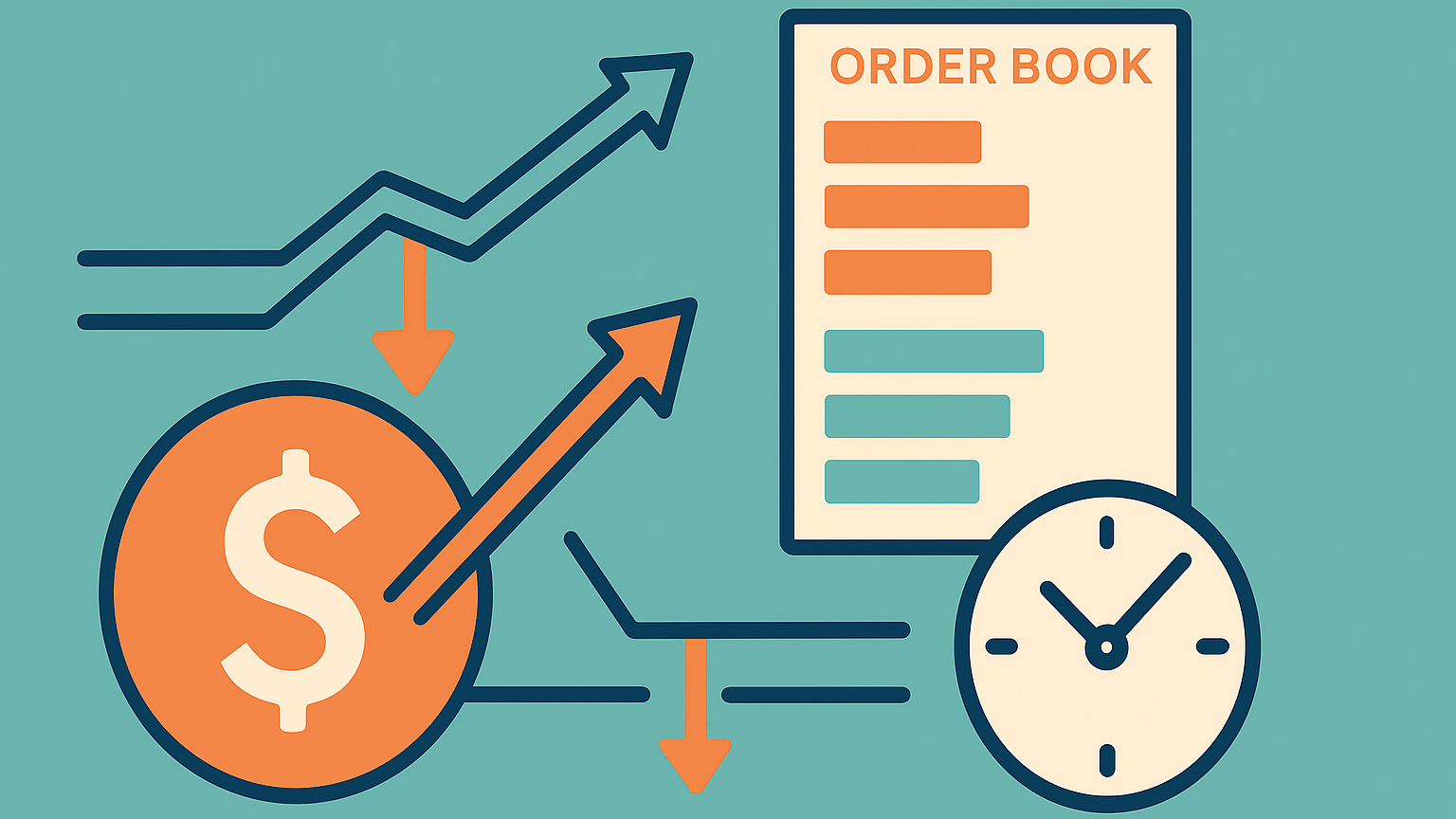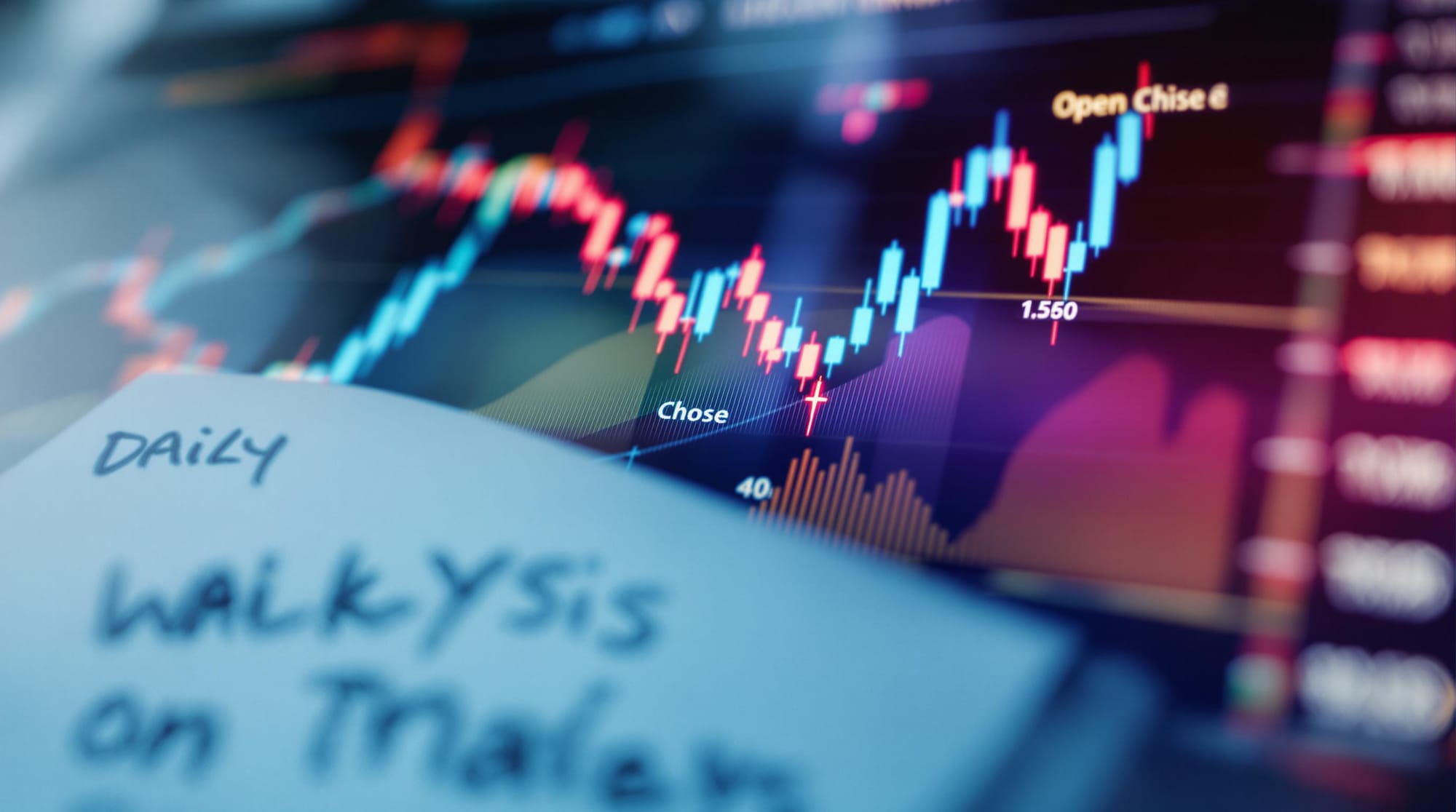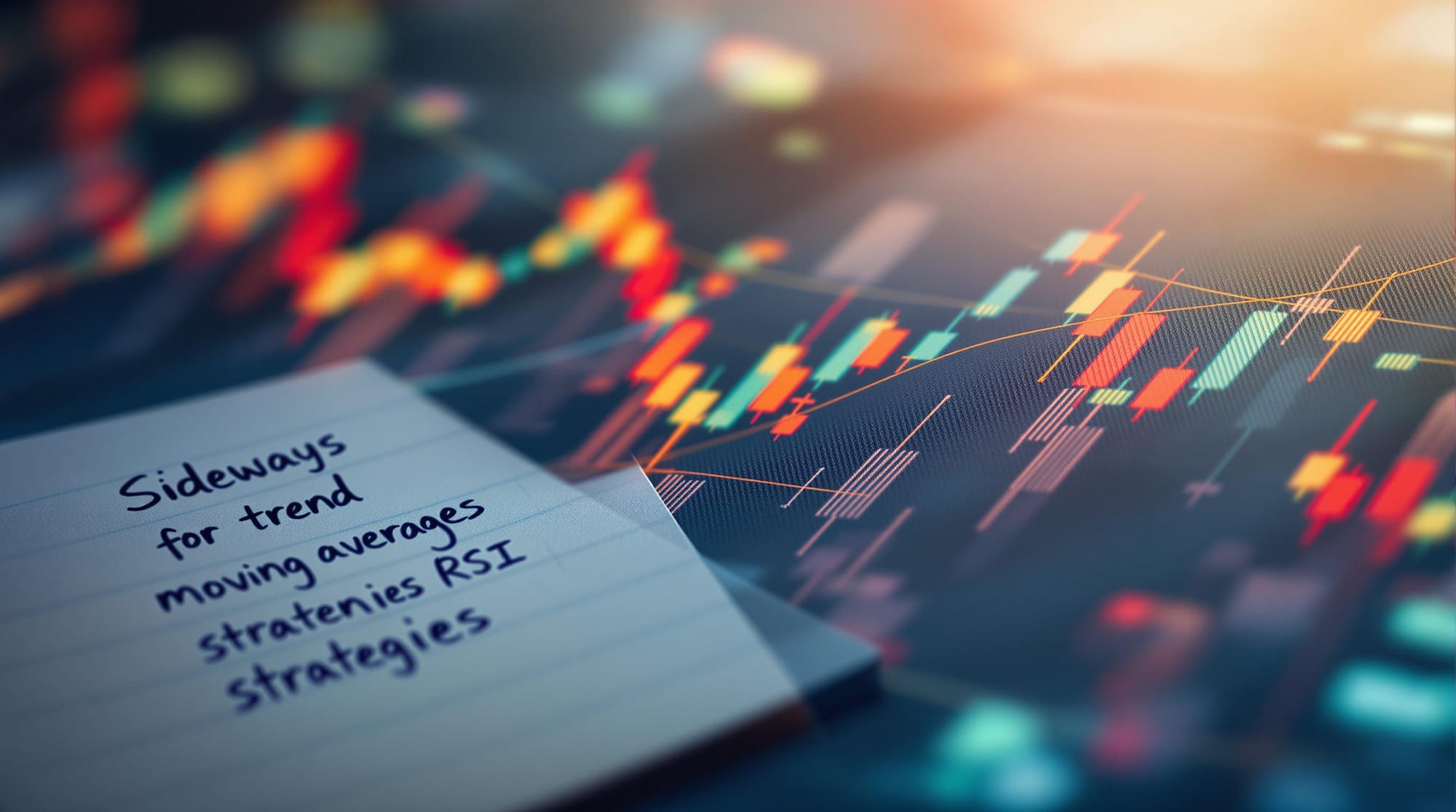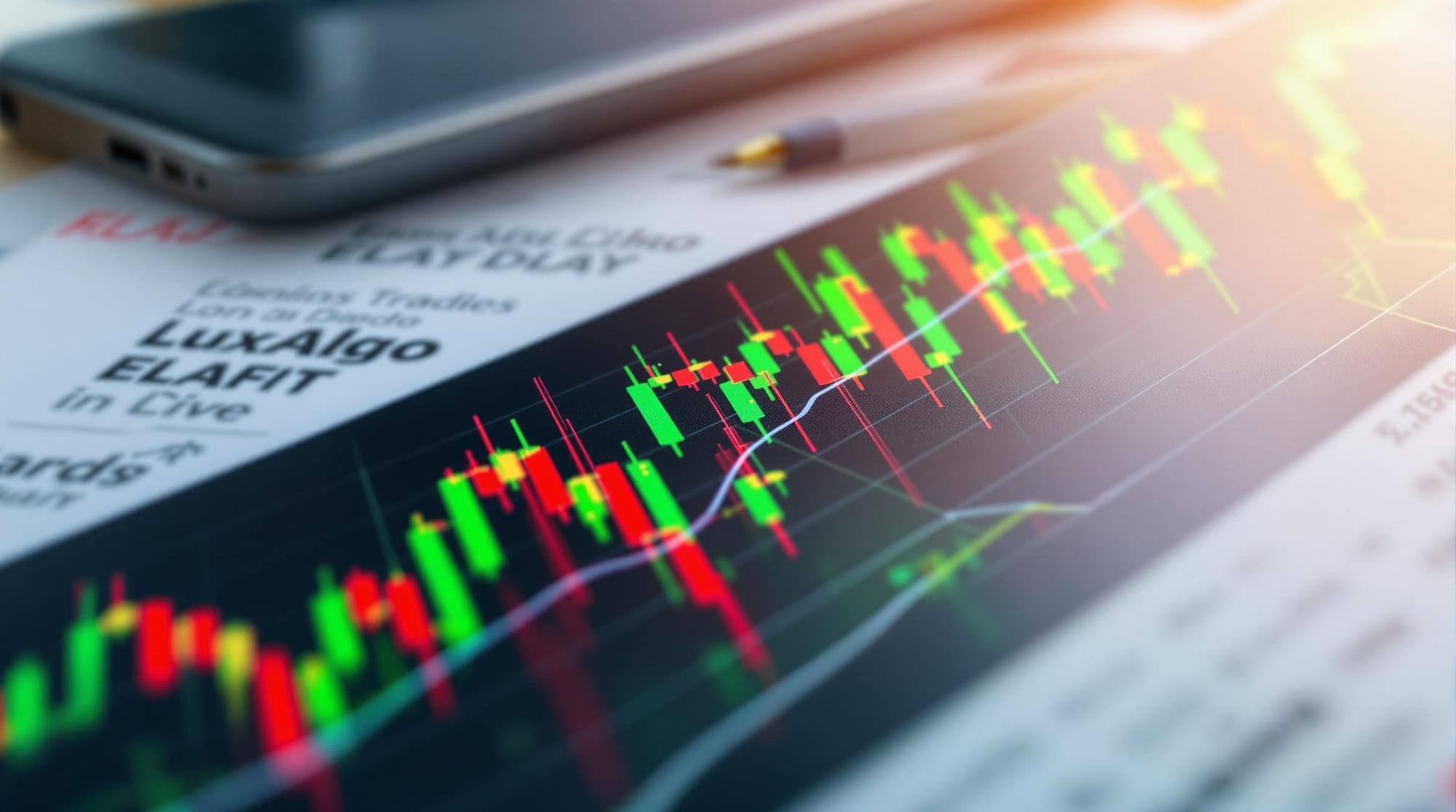Learn effective strategies to minimize trading slippage, reduce hidden costs, and enhance your trading performance.
Slippage happens when your trade executes at a price different from what you expected, cutting into your profits. It’s common during volatile markets or low-liquidity periods and affects all markets like stocks, forex, and futures. Here’s how to reduce it:
- Use Limit Orders: Control the price you pay, but note they may not execute in volatile markets.
- Trade During High Liquidity: Stick to peak trading hours to avoid price gaps.
- Break Large Orders: Split big trades into smaller ones to reduce market impact.
- Leverage Tools: Use Smart Order Routing (SOR) systems and AI-driven platforms for precise execution.
- Set Slippage Tolerance: Define acceptable slippage limits (e.g., 0.3–0.5% for normal conditions).
Trading Slippage Basics
What Is Slippage?
Slippage refers to the difference between the price you expect to pay (or receive) for a trade and the price you actually get. This happens because markets can move quickly, and the price may change before your trade is fully executed.
For example, imagine you're trading Apple stock. The bid/ask prices are $183.50/$183.53, and you place a market order for 100 shares, expecting to pay $183.53. But by the time your order is processed, the prices have shifted to $183.54/$183.57. You end up paying $183.54, resulting in a $4.00 difference for your order.
What Causes Slippage?
Several factors can lead to slippage:
| Factor | Effect | When It Happens |
|---|---|---|
| Market Volatility | Prices change quickly, causing gaps | During major news or announcements |
| Low Liquidity | Fewer buyers or sellers available | Outside peak trading hours |
| Large Order Sizes | Orders exceed available liquidity | When trading big positions |
Market volatility is often the biggest reason for slippage, especially during breaking news or major economic updates. Low liquidity, common outside regular trading hours, can make it harder to execute trades at your desired price.
How Slippage Impacts Your Trades
Slippage can add unexpected costs, especially for active traders. While it's possible to experience positive slippage (getting a better price than expected), negative slippage is more frequent and can eat into profits.
For instance, CMC Markets reported that as of August 31, 2023, 97.876% of market-open orders were filled at the quoted price. However, even small price differences add up over time. In volatile markets or with larger trades, a 2% slippage could turn a winning trade into a losing one. Recognizing these costs highlights the need for effective strategies to manage slippage.
When Slippage Risk Increases
High-Risk Market Conditions
Slippage risk tends to spike under certain market conditions, especially during periods of high volatility. Events like major economic announcements can cause prices to move so quickly that orders execute at unexpected levels.
Here are some common high-risk scenarios:
| Market Condition | Risk Level | Common Triggers |
|---|---|---|
| Economic Announcements | Very High | Interest rate decisions, monetary policy updates |
| Earnings Season | High | Financial reports, management changes |
| Market Opening/Closing | Moderate to High | Overnight news, pre-market activity |
| Low Trading Volume | High | Holiday periods, off-peak hours |
Most Affected Order Types
Some order types are more vulnerable to slippage than others. Market orders, for instance, are particularly risky because they execute at the best available price at the time—making them highly sensitive to sudden price changes.
"Market orders are particularly vulnerable to slippage because they are executed at the best available price at the time of execution. During volatile conditions or low liquidity periods, the price at which the order is executed can differ significantly from the expected price."
Stop orders also carry risk since they turn into market orders once triggered, which can lead to slippage in fast-moving markets. On the other hand, limit orders offer more control by specifying a maximum or minimum price. However, they may not execute at all during periods of extreme volatility.
Timing-Related Risks
The timing of trades plays a huge role in slippage exposure. Even a small delay can have a measurable impact. For example, traders with a 70% market-prediction success rate lose about 0.33 basis points per event with a 300-millisecond delay. This loss increases to 0.62 basis points with a one-second delay.
"Slippage is more likely to occur in the forex market when volatility is high, perhaps due to news events, or during times when the currency pair is trading outside peak market hours. In both situations, reputable forex dealers will execute the trade at the next best price."
Key timing risks include:
- Trading during major economic announcements
- Holding positions through market closures
- Operating during off-peak hours when liquidity is lower
- Placing large orders in thinly traded markets
For high-frequency trading strategies, these delays can be especially costly. A 300-millisecond execution delay can result in annual losses of up to 1.94%. These challenges highlight the importance of using efficient execution tools to mitigate timing-related risks.
Methods to Reduce Slippage
Choosing Better Order Types
Using the right order type can significantly impact how much slippage you experience. Limit orders allow you to control execution prices, unlike market orders, which can leave you vulnerable to unexpected price shifts. For total protection, you can use guaranteed stops, but keep in mind they come with an extra fee.
| Order Type | Slippage Control | Trade-off |
|---|---|---|
| Limit Order | High | May not execute |
| Market Order | None | Immediate execution |
| Guaranteed Stop | Complete | Premium fee |
Best Times to Trade
The timing of your trades is just as important as the order type you choose. High market activity often provides the best trading opportunities. For stock markets, this usually means trading during regular U.S. market hours. Forex traders, on the other hand, might find the most liquidity during the London Stock Exchange's active hours. Placing marketable orders near the market opening can strike a good balance between cost and execution speed. Overlapping exchange hours are ideal for liquidity, but it's wise to avoid trading during major announcements.
Large Order Management
Managing large orders effectively can also help minimize slippage. One approach is to break big orders into smaller chunks. Here are some strategies to consider:
- Assess liquidity at various price levels.
- Use smart order routing tools to access deeper liquidity pools.
- Execute smaller portions of your order during peak trading periods.
Advanced trading platforms can assist in identifying the best entry points. By carefully managing both the size and timing of your trades, you can reduce slippage and improve your overall execution results.
Trade Execution Tools
Order Routing Systems
Smart Order Routing (SOR) systems are designed to minimize slippage by directing orders to venues offering the most favorable conditions. These systems evaluate factors like price, liquidity, and execution speed in real time, making them invaluable in navigating fragmented markets. Here are some notable solutions:
- LIST FastTrade: Awarded Europe's top SOR application in 2024, with real-time pre-trade analysis of liquidity, fees, and speed.
- TORA: Rules-based routing optimizing execution by analyzing market impact and speed.
- Overbond: Uses AI for bond pricing and automates workflows to improve execution quality.
Market Analysis Tools
Market analysis tools complement order routing by offering insights that help traders identify the best times to execute trades. These platforms provide real-time order book data, enabling users to evaluate buy and sell pressure and detect market sentiment shifts.
| Platform | Key Features | Specialization |
|---|---|---|
| MetaTrader | Intuitive interface; detailed analytics | Technical analysis |
| TradeStation | Advanced charting; real-time data | Comprehensive market analysis |
| Interactive Brokers | Extensive API support; multi-asset access | Custom application development |
AI Trade Execution
Artificial intelligence is transforming trade execution by processing large datasets and executing orders in milliseconds—especially valuable during volatile market conditions. For instance, Goldman Sachs uses AI algorithms to analyze market data and capitalize on short-lived opportunities, reducing slippage. Similarly, RBC Capital Markets' Aiden platform employs deep reinforcement learning to adapt in real time, refining its execution strategies continuously.
The AI-driven trading market, valued at $18.2 billion in 2023, is expected to nearly triple by 2033. Platforms like LuxAlgo’s AI Backtesting Assistant also leverage AI for backtesting and strategy optimization, equipping traders with data-driven execution insights.
Track and Control Slippage
Slippage Cost Analysis
To keep slippage under control, you first need to measure it accurately. Focus on these three metrics:
- Compare your intended entry/exit prices with the actual executed prices.
- Calculate the direct monetary impact of slippage on your trades.
- Pinpoint market conditions that tend to result in higher slippage.
LuxAlgo’s AI Backtesting Assistant provides analytics and backtesting reports that help you track these metrics. With precise data, you can set limits that make sense for your trading strategy.
Setting Slippage Limits
Defining slippage tolerance is a key step in protecting your profits. For example, in August 2023, Cwallet introduced a customizable system allowing traders to set their own slippage limits, with a default of 0.5%.
| Market Condition | Recommended Tolerance | Adjustment |
|---|---|---|
| Low Volatility | 0.1–0.3% | Use tighter limits for better control. |
| Normal Trading | 0.3–0.5% | Stick to standard tolerance levels. |
| High Volatility | 0.5–1.0% | Opt for wider limits to ensure execution. |
"Setting slippage tolerance is an important step for traders who want to guarantee accurate and predictable trading results." – Cwallet
Regular Performance Reviews
Once you’ve set your slippage limits, it’s essential to review their performance regularly. This helps you fine-tune your approach and minimize slippage-related costs. Here’s how:
- Evaluate execution quality under various market conditions and adjust your strategy if actual costs exceed expectations.
- Monitor the impact of trade size on slippage and tweak your order sizes to align with market liquidity.
- Analyze execution strategies to identify those that reduce slippage, especially during specific trading hours.
LuxAlgo’s Ultimate subscription includes AI Backtesting Assistant tools that make it easy to study historical slippage patterns. These insights allow you to optimize strategies and cut down on hidden costs over time.
Conclusion
Trading slippage is a common hurdle, but the right strategies and platforms can help minimize its impact. AI-powered backtesting, like LuxAlgo’s AI Backtesting Assistant, allows traders to analyze and refine execution strategies under various market conditions.
To tackle slippage effectively, focus on trading during high-liquidity periods, use limit orders for more accurate pricing, and leverage analytics to uncover cost-driving patterns. Breaking large trades into smaller orders can also reduce market impact, while ongoing performance monitoring ensures your strategy stays on track.







